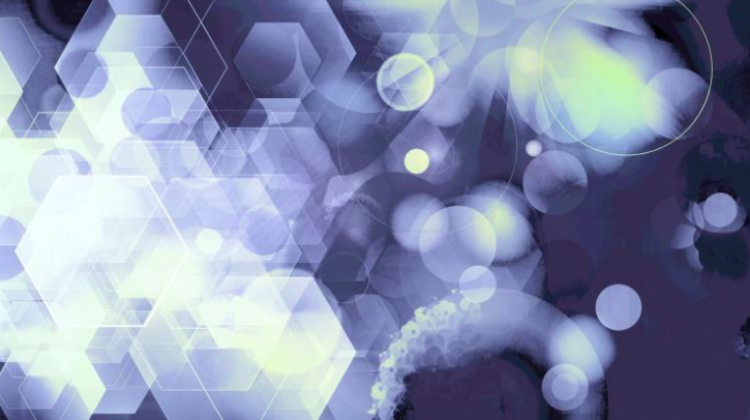Researchers from the University of Silesia patent an improved imaging method
 Photo: Fotolia
Photo: Fotolia
Researchers from the University of Silesia in Katowice have developed a method that allows to obtain an improved image of the structure of objects studied with a tomograph. The method is protected by patent, according to the university spokesman Jacek Szymik-Kozaczko.
The method is useful when studying organisms with a very delicate structure, such as sponges - primitive aquatic animals with asymmetrical shapes.
Computed tomography and microtomography allow to obtain a three-dimensional image of the structure of the analysed object. But some plant and animal organisms` structures are too delicate to accurately image using X-rays. Some fragments are too thin to sufficiently absorb this radiation. This is the case with small objects made of light materials, such as soft tissues or sponges.
If subjected to a freeze-drying process before imaging, it is not possible to use a contrasting solution, like for example, during tomography of soft tissues in humans. The fragile structures of living organisms could be destroyed. Scientists from the University of Silesia decided to develop a method for the preparation of biological material that would allow to reproduce the image of such fragments of the organism without damaging it.
"To obtain a satisfactory result, we cover the examined fragment with a thin layer of aluminium or another metal, preferably a noble one, especially gold, silver or platinum. The thickness of the sputtered layer depends on the type of the analysed structure. We rescan the material and obtain an accurate image of all elements, including delicate structures, such as soft tissues" - explains Dr. Andrzej Woźnica from the Faculty of Biology and Environmental Protection, University of Silesia, co-author of the patented method.
Inspiration for the search for a solution came from studies of the structure of freshwater sponge Spongilla lacustris. Not all mechanisms of its functioning have been discovered. To better understand them, the team of biologists from the University of Silesia decided to recreate the internal structure of the sponge in the form of a three-dimensional image using computed tomography and microtomography.
"Thanks to the patented method, this image is even more accurate, it gives us new possibilities of describing mechanisms that can later be used, for example, in biotechnology" - adds the biologist.
The authors of the "Method of preparing an object built of a material with low X-ray absorption coefficient for X-ray research" are scientists from the Faculty of Biology and Environmental Protection of the University of Silesia: Dr. Andrzej Woźnica, Dr. Jagna Karcz and Jerzy Karczewski. The solution was developed in cooperation with Dr. Marcin Binkowski.
PAP - Science in Poland, Anna Gumułka
lun/ ekr/ kap/
tr. RL
Przed dodaniem komentarza prosimy o zapoznanie z Regulaminem forum serwisu Nauka w Polsce.














